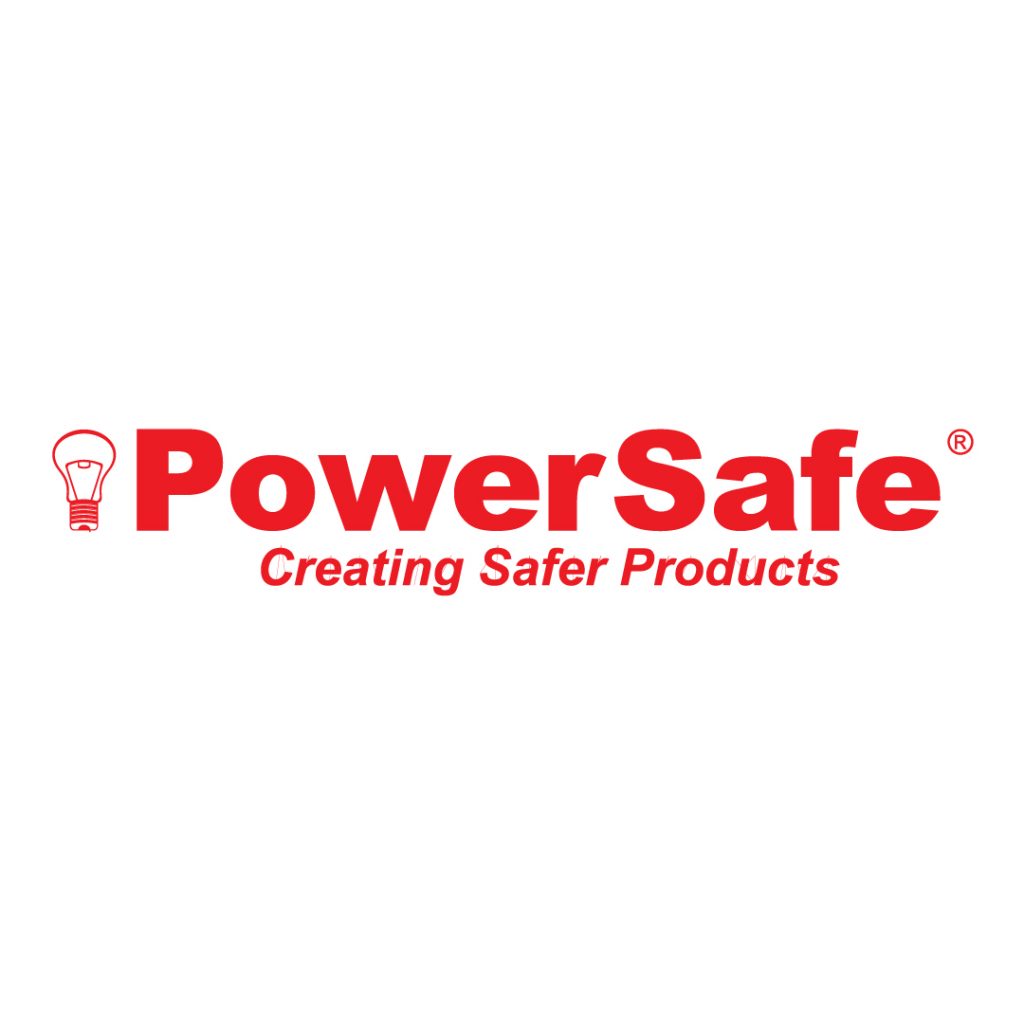
Electrical Safety Management
The electrical safety rules (ESRs) provide guidelines for addressing electrical hazards in the workplace. The voltage, current, and frequency of the equipment and the task being done are the primary elements influencing electrical safety. Depending on the greatest voltage in your installation, the range of the ESRs should be constrained accordingly. For a factory or comparable installation, this is normally up to 11kV. Arc flash and electrical shock are the two most common electrical dangers.
All electrical equipment should have an ESR established for it that addresses these two risks and covers any potential dangers that could arise from using electricity. Appendices to ESRs are a common way to provide additional information on niche areas of electrical safety such excavations, phasing out, etc. Unless otherwise specified in an Approved Operating Agreement, ESRs apply to all activities, except for those governed by a tenant’s, adoptees, or third party’s lease or ownership agreement, provided that such a lease or ownership agreement contains equivalent regulations. The ESRs do not apply to devices not linked to an electrical distribution system unless indicated in site-specific instructions. The ESRs lay out the barest necessities that must be met.
Responsibilities
Electrical Safety Reports (ESRs) should provide an overview of the Electrical Organization in charge of electrical safety management. The electrical duty bearer and other important company personnel such the Chartered Electrical Engineer, the SHE Manager, and authorized personnel should be named. To explain the big picture of electrical safety management at your company, an organogram with brief descriptions of each role could be useful. It would be prudent to supplement this organogram with an explanation of the specific duties of each position depicted there and of other relevant positions in your company with regards to electrical safety management.
In our Electrical Safety Reports (ESRs), we prioritize transparency and clarity in describing the organizational structure responsible for electrical safety management at our company. Our electrical organization’s core tasks and duties are mapped out in an organogram that is included in the report.
The designated electrical duty bearer is the backbone of our electrical safety management team and oversees monitoring and enforcing all safety procedures. The Chartered Electrical Engineer, SHE Manager, and Authorized Personnel who are also present play critical roles in ensuring the safety of the electrical system.
The Chartered Electrical Engineer contributes extensive knowledge and ensures that all electrical systems are up to code. The SHE Manager is responsible for ensuring that the company’s safety, health, and environmental standards are met in all its daily activities. Authorized individuals have the authority and obligation to carry out assigned responsibilities in a risk-free manner.
To provide a full knowledge, we include brief descriptions of each job on the organogram. Learn more about the complex web of jobs that makes up our reliable electrical safety management framework with the help of this supplemental data that goes into the exact duties and responsibilities of each position. To promote a culture of safety and excellence in electrical operations, we hold that a well-informed and organized strategy is crucial.
Energy Source
How and if you need to have permission to use portable generators to power some of the site’s electrical infrastructure. Use of a portable generator inside a structure or other enclosed area. Earthing standards for mobile generators.
Wires and Wires Beneath the Ground
Isolation, identification, safe systems of work (permits), earthing of HV cables, and cable spiking are all examples of activities that fall under the purview of this topic, as do other similar activities such as working near wires. Controlling cable spiking gear, competency, and activities could benefit from having their own document or appendix. Requirements for subterranean Cables should think about who needs to provide the go-ahead for any work that can interfere with subterranean cables or markers (such tape or tiles), and who that person is likely to be.
The following are potential topics for your ESRs:
- Earthing and winding isolation, specifically for high-voltage (HV) windings
- Controls for off-load tap-changing machines and switches for locking the current tap position.
- Turn off the drain valves, secure the withdrawable transformers, parallel lock the transformers, and think about the increased fault levels.
Safeguarding Electrical Equipment against Fire
Fixed detection and extinguishing systems (including automated systems) and any controls that may be required for them are covered in this section. It is important to think about portable equipment, such as which fire extinguishers can be used on electrical devices, and which should be kept nearby.










